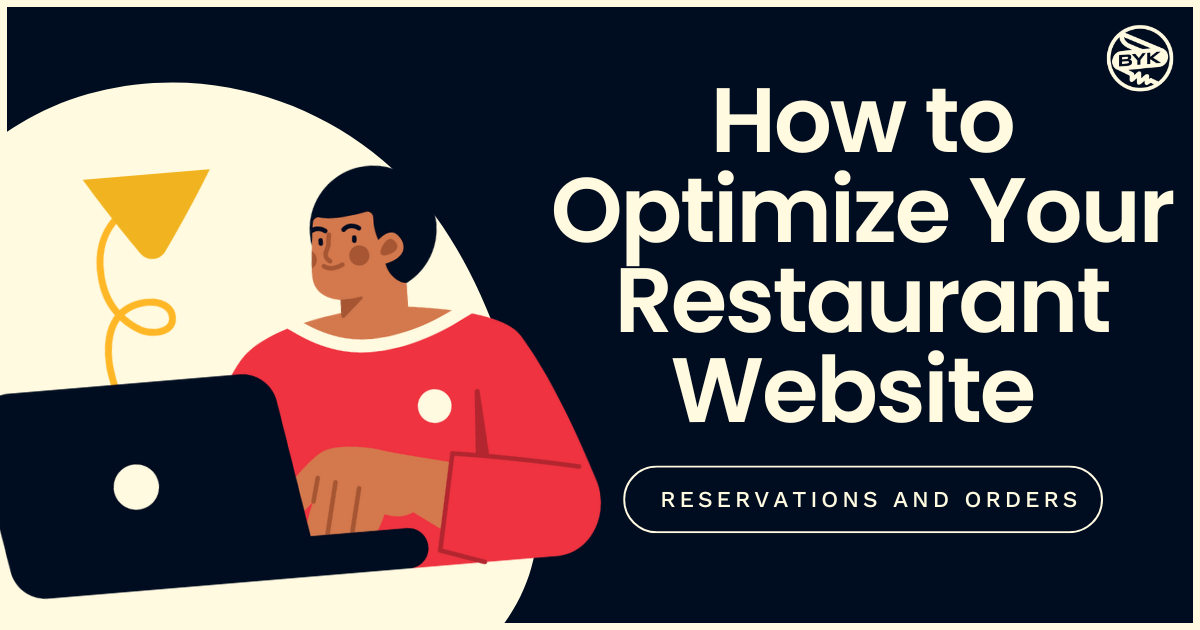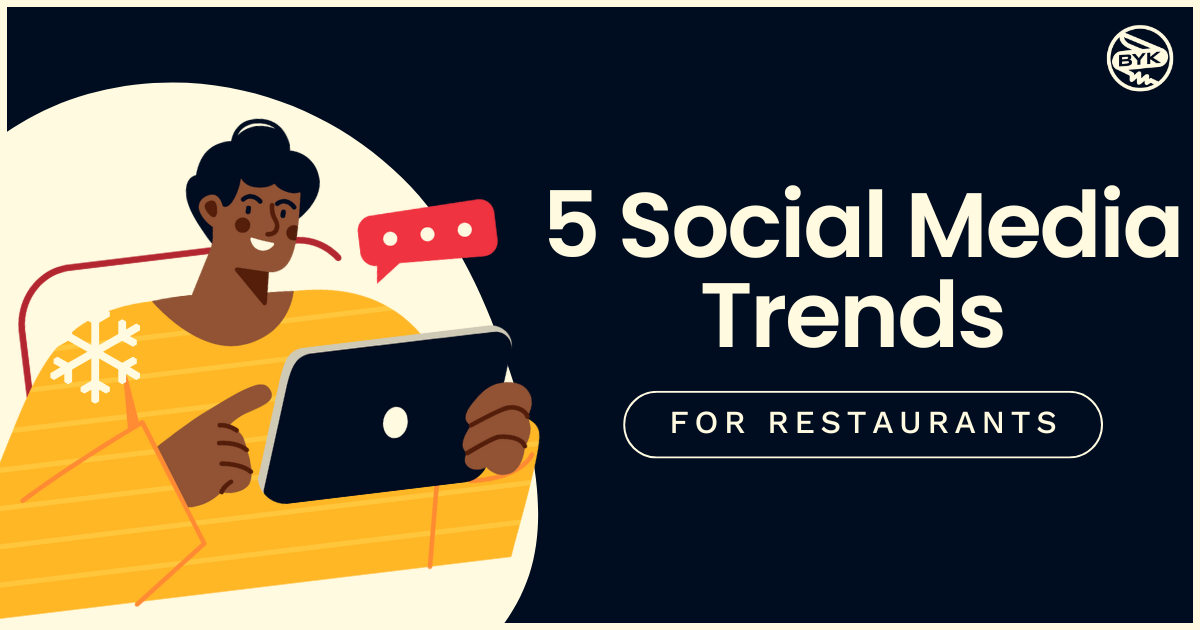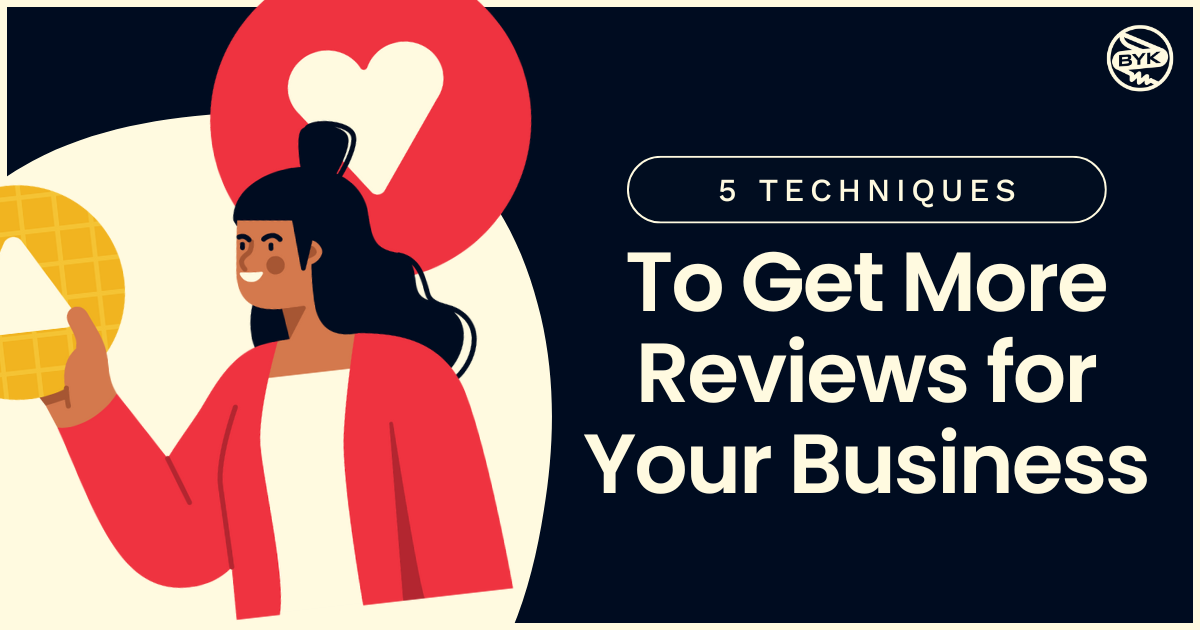Running paid ads on Facebook can be an effective and efficient way to accomplish your brand’s goals. Not sure where to start? No problem. Here are the 8 steps you need to take to get started with Facebook ads.
1. Create an ad account
To run advertisements on Facebook, you need to create an ad account that is attached to your business’s Facebook page. An ad account allows you to utilize Facebook’s full range of ad placements and tools to create your ads. This is a relatively simple and straightforward process that can be completed through Meta Business Suite.
2. Decide on your main business goal
Before getting started on the nitty gritty of creating your ads, you will need to decide what goal you are trying to accomplish with them. For instance, you may decide that your main objective is to increase traffic to your website, or that you really want people to download your new app. This main business goal will guide the creation of your ads, and every decision made along the way. When creating an ad campaign in Facebook, one of the first steps will be to select the objective that most closely matches with your company’s primary goal.
3. Set a budget and schedule
Next, you will need to figure out how much money you would like to spend on your ads, over what period of time, and when you would like your ads to run. Your options for budgeting and scheduling will depend on the specific type of campaign you choose to run. But in general, you’ll want to decide upon a few things:
- The total amount you are willing to spend on these ads
- The start and end date for your campaign
- Whether you want to control how much money is spent each day, or let that vary
- Whether you want your ads to run all day every day or only certain days and times
4. Choose an appropriate target audienc
The final piece of the puzzle before working on the creative design of the ad itself is the audience you want to show it to. Facebook allows you to target specific audience segments with your ads, based on everything from demographics to interests to geographical locations. You should create a persona (or a few) of what your target audience looks like, including their age, gender, location, and interests. Then, use these personas to guide who you target your ads to on Facebook.
5. Create eye-catching visual content
Once all of the important decisions above are made, you can move on to the design of the ad itself. Be sure to keep your audience and business goal in mind throughout the ad creation process.
To begin, design the visual element(s) that will make up your ad. You can create or select a static image, a video, or a series of images and videos to create a carousel. Oftentimes, you will want to create multiple visual options. You can then test these against each other to see which performs best, or customize them to be directed at different segments of your audience.
6. Write entertaining and informative copy
After your visuals are nailed down, you should write creative text to complement the visuals. This is where you can include additional information about the product, event, or service you’re advertising. Or, you can simply use your copy to entertain and grab viewers’ attention even more! Just be sure it is easy to understand, matches the tone of the photos or videos being used, and keeps the audience engaged. Generally, your ad copy should be short and sweet.
7. Get your ads running!
You’re ready to roll! Upload all of the elements you decided on and created above into a campaign in Facebook Ads Manager. Make sure your objective, budget, schedule, audience, and creative elements are all exactly as you would like them. Ads Manager allows you to preview your ads before they go live so you can make sure everything looks precisely the way you want it to.
It is also important to note at this stage that you should be aware of all Facebook’s rules and regulations regarding ads. Every ad on Facebook is reviewed before it is allowed to run. If you violate any of the company’s policies, your ad will be rejected and you will need to edit and resubmit it.
8. Evaluate, analyze, adjust, and repeat
Once your ads are up and running, you may think you’re done, but unfortunately that’s not the case. Even following these steps precisely does not guarantee that your ads will be perfect on the first attempt. You may need to tweak them as you learn more about how they are performing, and discover which people in your audience are responding best to them. Let your ads run for a few weeks to gather data, and then review their performance. Continually make changes, although not too quickly: you need to give the ads time to learn for optimal performance. Eventually, with careful analysis, you will reach the optimal audience size, budget, and creative elements for your ad.
If this simple guide isn’t quite enough and you could use some more expert advice for your Facebook ads, let us help! Contact us today for a free consultation to learn how our team of digital marketing experts can help your small business grow and succeed.




